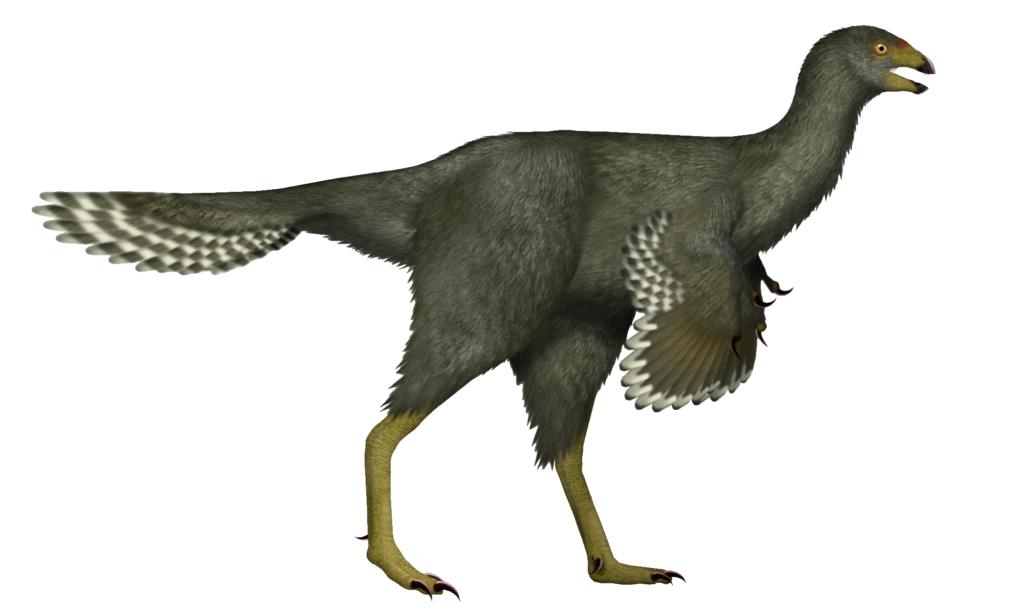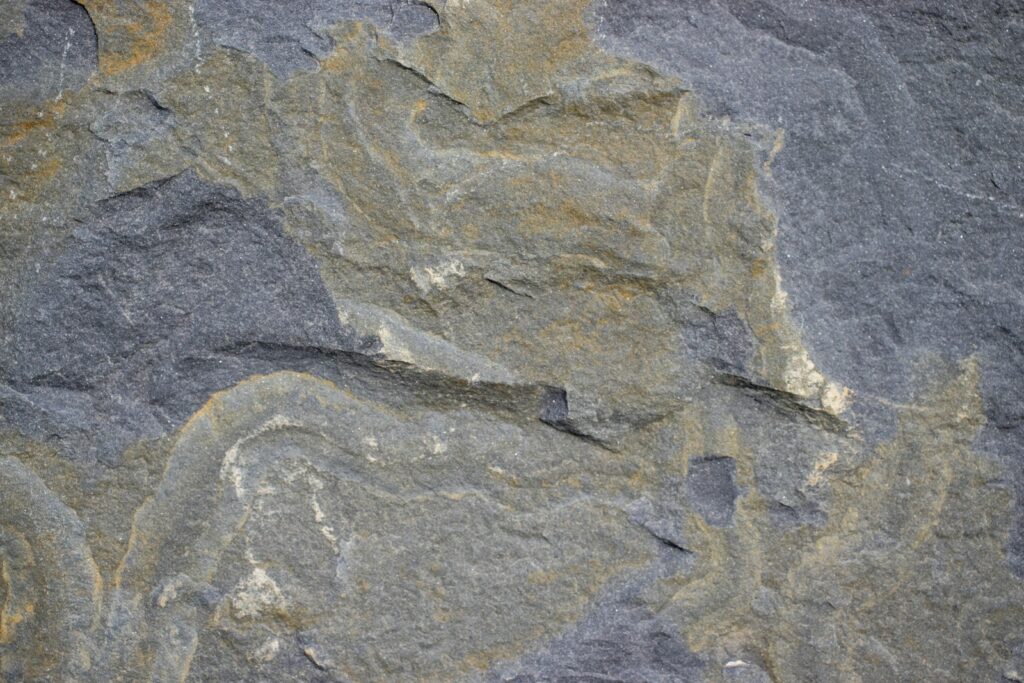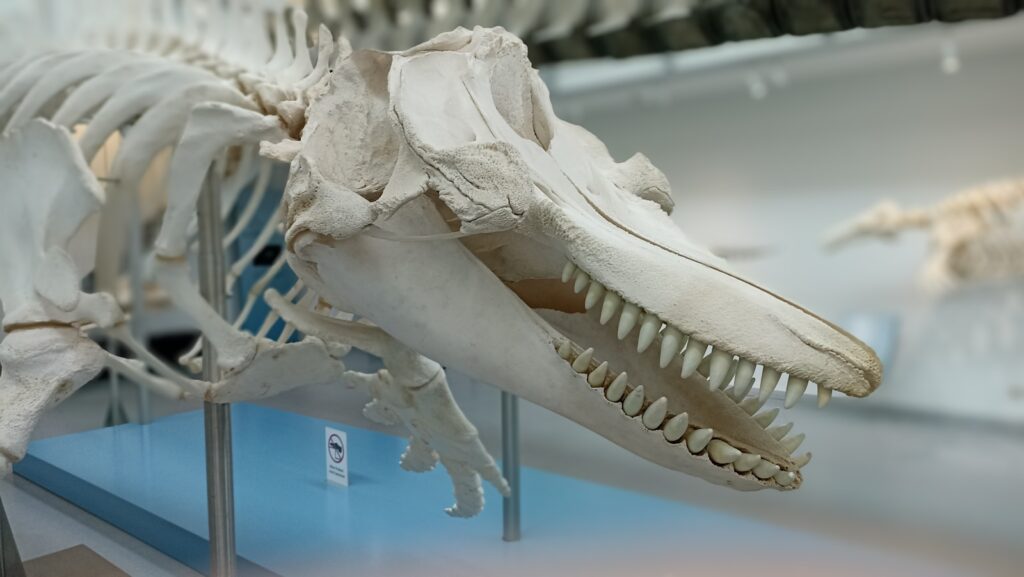Raptors, the intelligent and formidable dinosaurs that captured imaginations in “Jurassic Park,” were far more complex than their early depictions. While initially portrayed as scaly reptilian predators, scientific discoveries over the past three decades have revolutionized our understanding of these fascinating creatures. We now know that many theropod dinosaurs, including velociraptors and their relatives, possessed feathers that served multiple crucial functions. These weren’t just simple coverings but sophisticated structures that played vital roles in these animals’ lives. From insulation to display and possibly even primitive flight, raptor feathers represent one of paleontology’s most fascinating evolutionary developments.
The Evolution of Raptor Feathers

Raptor feathers didn’t appear suddenly but evolved gradually over millions of years. The earliest feather-like structures were simple filaments that resembled fuzz or down, providing essential insulation for smaller theropod dinosaurs. Over time, these primitive structures evolved into more complex forms with central shafts and barbed vanes. Fossil evidence indicates that feather evolution progressed from simple to complex structures, with raptors like Velociraptor and Deinonychus possessing relatively advanced feathers. This evolutionary progression demonstrates the adaptability of theropods and highlights how natural selection shaped these features to serve multiple functions beyond mere body covering.
Insulation: Keeping Raptors Warm

One of the primary functions of raptor feathers was thermoregulation. Just as modern birds use feathers to maintain body temperature, raptors likely employ their feathery coverings to preserve body heat. Smaller species of dromaeosaurids (the family that includes Velociraptor) probably benefited significantly from this insulation, as their relatively small bodies would have lost heat quickly without adequate covering. Fossil evidence suggests that these smaller raptors had particularly dense feather coverings, especially in regions where heat retention was crucial. The insulating properties of feathers would have been especially valuable in cooler climates or during nighttime when temperatures dropped, potentially allowing raptors to remain active under conditions that might have limited purely cold-blooded animals.
Display and Visual Communication

Raptor feathers likely played a crucial role in visual signaling and display behaviors. Modern birds use colorful or distinctive feather patterns for everything from attracting mates to warning rivals, and evidence suggests raptors may have done the same. Paleontologists have discovered fossilized melanosomes—cellular structures that contain pigment—in some dinosaur feathers, indicating these creatures had colored plumage that could have been used in displays. Male raptors might have sported particularly vibrant or elaborate feather arrangements to attract females during mating seasons. These visual signals could have also served to establish dominance hierarchies within groups or to identify members of the same species across distances.
Predatory Advantages of Feathered Limbs

The feathers on raptor arms and tails may have provided significant advantages during hunting. Some scientists propose that wing-like arrangements of feathers on the forearms could have helped stabilize raptors as they grappled with prey. When a Velociraptor leaped onto larger prey, arm feathers might have provided additional balance and control, much like outriggers on a boat. Tail feathers likely enhanced maneuverability during high-speed pursuits, allowing raptors to make sharp turns while maintaining stability. Additionally, feathered limbs would have silenced movement, making raptors stealthier predators capable of approaching prey without detection. This combination of improved balance, maneuverability, and stealth would have made feathered raptors more effective hunters than their hypothetical scaly counterparts.
Early Flight Adaptations

While true raptors like Velociraptor weren’t capable of powered flight, their feathers may represent important evolutionary steps toward aerial capabilities. The asymmetrical flight feathers found in some raptor fossils are particularly significant, as this asymmetry is a characteristic of modern flying birds. Some smaller raptor species may have been capable of limited gliding or controlled descent from elevated positions. Studies of creatures like Microraptor, a small dromaeosaurid with flight feathers on both its arms and legs, suggest it could glide effectively between trees. These adaptations indicate that the road to true flight included intermediate stages where feathers served purposes beyond insulation or display, gradually developing aerodynamic properties that would eventually enable the full flight capabilities seen in birds.
Parental Care and Nest Insulation

Raptors likely used their feathers during nesting and parental care activities. Fossil evidence of oviraptor dinosaurs (close relatives of dromaeosaurids) shows adults sitting directly on nests in a brooding position, suggesting they used their feathered bodies to keep eggs warm. The arrangement of feathers on a raptor’s body, particularly on the underside and inner arms, would have created effective insulating pockets to protect eggs or young dinosaurs from temperature fluctuations. Some scientists hypothesize that raptors might have even used their feathered arms to create protective “wings” around their nests, shielding offspring from predators or harsh weather. This brooding behavior represents an important evolutionary link between dinosaur parenting strategies and those observed in modern birds.
Feather Structure and Composition

Raptor feathers exhibited remarkably sophisticated structures, often comparable to those of modern birds. Microscopic analysis of fossilized feather impressions reveals hierarchical arrangements of barbs and barbules that interlock to create strong yet flexible surfaces. The primary flight feathers of some raptor species show asymmetrical vanes—where the barbs on one side of the shaft are narrower than those on the other—a feature specifically associated with aerodynamic function. Chemical analysis of preserved feather materials indicates they were composed primarily of beta-keratin proteins, the same material found in modern bird feathers. This complex structural composition allowed raptor feathers to be lightweight yet durable, providing the necessary physical properties to serve their various functions while requiring minimal metabolic investment to produce and maintain.
Social Signaling Among Pack Hunters

Evidence suggests many raptor species were social animals that hunted in coordinated packs, and feathers likely played a role in their group dynamics. Distinctive feather patterns may have helped raptors identify members of their pack at a distance, an important capability for coordinated hunting strategies. Variations in coloration could have signaled age, status, or role within the group hierarchy. During hunts, visual communication through subtle movements of feathered body parts might have allowed raptors to coordinate their actions without vocalizing and alerting the prey. Some researchers speculate that specific feather displays might have been used to communicate the discovery of prey or to signal readiness to attack, creating a sophisticated visual language that enhanced these dinosaurs’ effectiveness as pack hunters.
Feathers as Protection

Raptor feathers provided various forms of physical protection beyond thermal regulation. Dense feather coverings may have offered a basic shield against minor injuries from underbrush or during combat with prey or rivals. The arrangement of feathers could have provided a form of armor, with overlapping structures creating multiple protective layers. In some cases, especially stiff feathers might have offered protection for vulnerable areas like the neck or underbelly. Additionally, feathers likely offered protection from parasites and environmental hazards, creating a barrier between the dinosaur’s skin and potential threats. This protective function remains important in modern birds, where feathers serve as the first line of defense against many physical hazards.
Environmental Adaptations

Different raptor species evolved varied feather arrangements based on their specific habitats and lifestyles. Raptors living in colder regions likely possessed denser, more insulating feather coverings compared to their counterparts in warmer climates. Desert-dwelling species might have had specialized feather structures that reflected heat and prevented overheating. Forest-dwelling raptors potentially developed camouflage patterns in their feathers that mimicked dappled light through leaves or tree bark textures. Aquatic or semi-aquatic raptor species may have evolved water-resistant feather coatings similar to those found in modern waterfowl. These environmental adaptations highlight the remarkable plasticity of feather structures and their ability to evolve in response to specific ecological challenges.
Seasonal Changes in Raptor Feathers

Like many modern birds, raptors likely experienced seasonal changes in their feather coverings. Molting—the process of shedding and replacing feathers—probably occurred regularly to maintain feather quality and adapt to seasonal conditions. During colder seasons, raptors may have grown additional insulating feathers or developed more substantial downy undercoatings. Breeding seasons likely brought changes in feather appearance, particularly for males attempting to attract mates with enhanced displays. Some raptor species may have developed seasonal camouflage, with feather colors shifting to match changing environmental backgrounds throughout the year. These seasonal adaptations would have helped raptors maximize their survival advantages as environmental conditions fluctuate.
The Legacy of Raptor Feathers in Modern Birds

The sophisticated feather structures of raptors represent direct evolutionary precursors to the feathers we observe in modern birds. The transition from terrestrial raptor to avian species wasn’t sudden but occurred through incremental adaptations over millions of years. Many features first developed in raptor feathers—asymmetrical vanes, interlocking barbules, and specialized arrangements for different body regions—persist in today’s birds. Modern avian displays, flight mechanisms, and thermoregulation strategies all have their origins in the feather adaptations of dinosaurs like Velociraptors and their relatives. By studying raptor feathers through fossil evidence, scientists continue to uncover the evolutionary pathways that led to the remarkable diversity of feathered adaptations present in modern birds, our living dinosaur descendants.
The Evolutionary Significance of Raptor Feathers

The story of raptor feathers represents one of paleontology’s most significant revelations—transforming our understanding of dinosaurs from purely reptilian creatures to more bird-like animals with complex adaptations. Far from simple coverings, raptor feathers served multiple sophisticated functions that enhanced these predators’ survival in various ways. From insulation and display to hunting advantages and social signaling, feathers were integral to raptor biology and behavior. As research continues and new fossils emerge, our understanding of how these remarkable dinosaurs utilized their feathery coverings continues to evolve, painting an increasingly detailed picture of these fascinating creatures that bridged the evolutionary gap between reptiles and birds.




